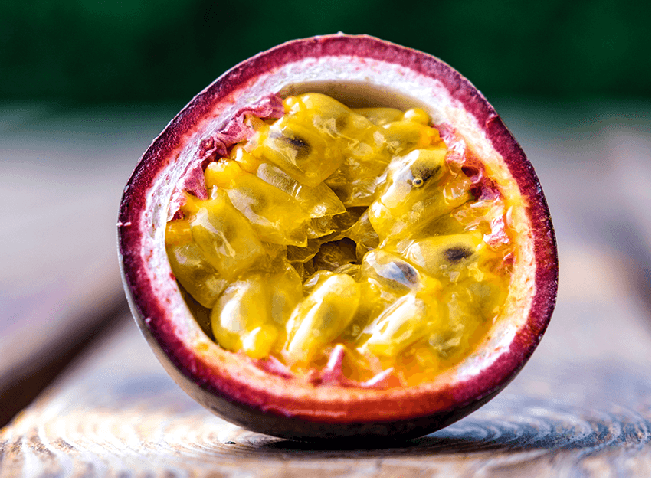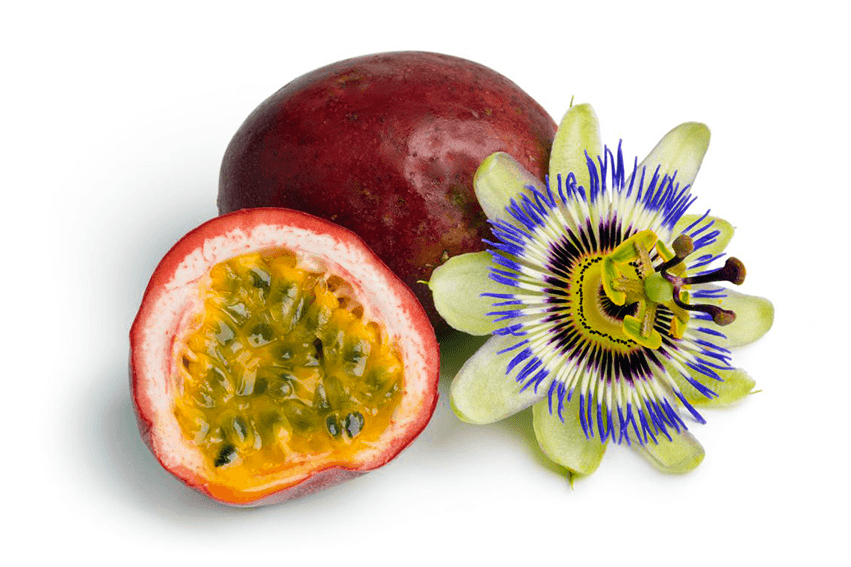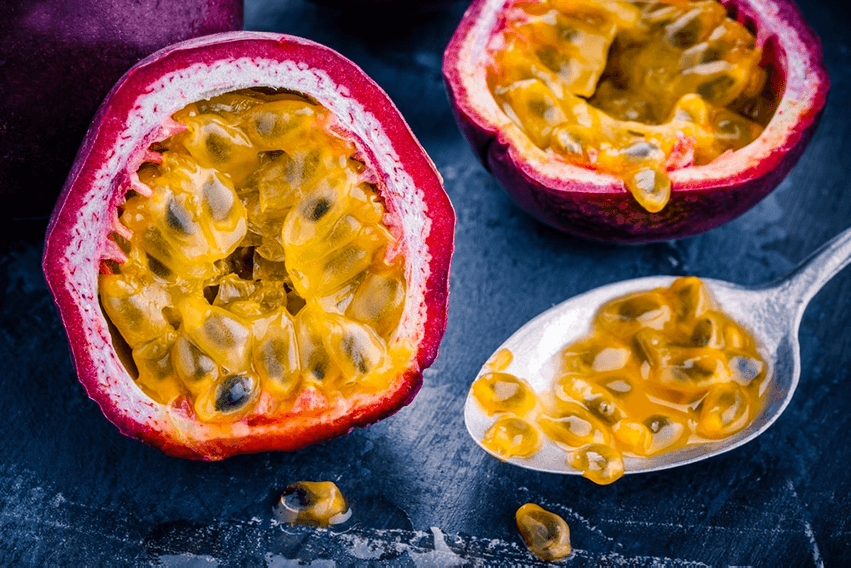Indo-China Agriculture PASSIONFRUIT
We grow the fragrant and tangy-sweet purple passion fruit (Passiflora edulis).
ABOUT Passionfruit
Passion fruit has become a very popular fruit for eating and an ingredient in many fruit teas and shakes because it is a rich source of antioxidants beneficial for health and has a wonderfully exotic tart sweetness.
Passion fruit is high in Vitamin A and Vitamin C with a healthy dose of potassium, magnesium, calcium and dietary fiber. Another advantage of passion fruit is its low glycemic index value which is a huge benefit for diabetics who want to enjoy this tasty treat. Indochina Agriculture grows passion fruit that can be eaten fresh, made into juice, smoothies, shakes, fruit teas and desserts.
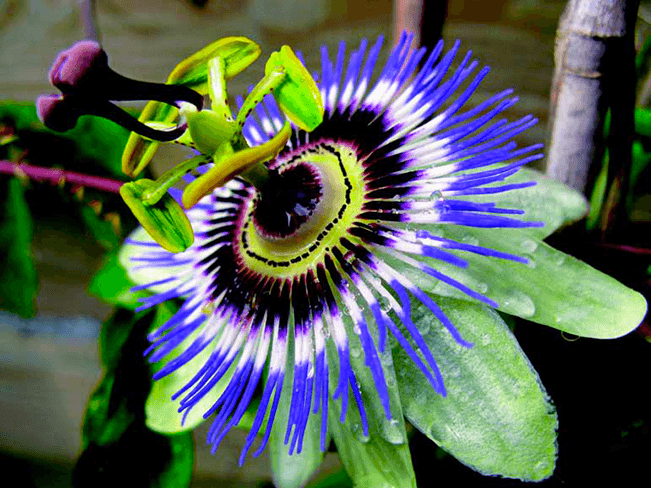

CULTURE
ORGANIC PASSIONFRUIT
250 Seeds
On average found in each fruit
2 Main Types
Yellow Flavicarp and the slightly sweeter Purple Granadilla
200 Species
of Passion plant are found in the Amazon Rainforest
Circa 1700 AD
Spanish Missionaries named the Flower of the 5 wounds aka Passion Fruit
